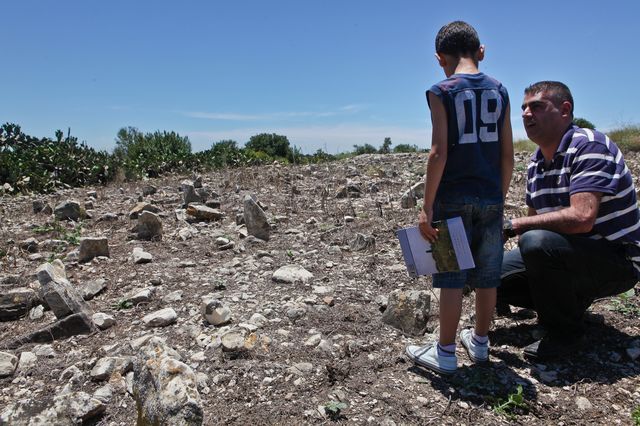To watch a video from the tour, click here
On Saturday, May 21, 2011 about 120 people took part in Zochrot's tour of the destroyed Palestinian village of Khubbayza. The tour was organized jointly with the displaced villagers' committee, and most participants came from the city of Umm al-Fahm, located some 15 minutes' drive from their original village. Needless to say, ever since 1948 the Israeli government's resolution has prevented them from returning to their properties. Several Jews also took part in the tour, some of them residents of the al-Rawha' area (Ramot Menashe) where the village of Khubbayza used to be, and maintained good relations with the neighboring kibbutz of Gal'ed (formerly, Even Yitzhak), established in 1945.
The tour guide was Palestinian refugee Faisal Sulayt who was born in Khubbayza in 1940 and now lives in Umm al-Fahm. Sulayt shared some of his recollections about life in his village before the Nakba, about the final days of his family in the village, about the shots fired at Khubbayza and neighboring Palestinian villages and about his journey of exile.
In preparation for the tour, Zochrot issued a new booklet – Remembering Khubbayza – with maps and other information about the village, as well as Sulayt 's complete testimony. The booklet was distributed among the participants. Signs commemorating the village were also prepared and posted in the area.
At the entrance to the village site, which is surrounded by barbed wire, the village inhabitants posted a sign bearing the name Khubbayza, with an arrow pointing at the location of the village, nothing of which remains today. We advanced towards the village and the large graveyard at its eastern end. There we posted a sign to mark the entrance to the graveyard, also completely inactive ever since the establishment of the State of Israel. All village houses are completely ruined, with piles of stones dispersed among the wild bushes and thorns that have since taken over. Sulayt stood on the ruins of the house nearest to the graveyard and spoke about his longing for the village of his childhood, as well as the pain he felt as he surveyed the scene of utter destruction in a place where, until 63 years ago, 340 people used to live in 70 houses, with more than 4,000 acres of land, cattle and sheep.
Notably, several multigenerational families also took part in the tour – grandfathers and grandmothers, mothers and fathers, grandchildren. All came to learn about the village, identify with the refugees and wish for their return to Khubbayza. Beside the pain and protest, there was also an air of celebration and a sense of pride in the very fact that the tour has taken place. The families set up a table and chairs and shared a homemade meal with all the other participants.
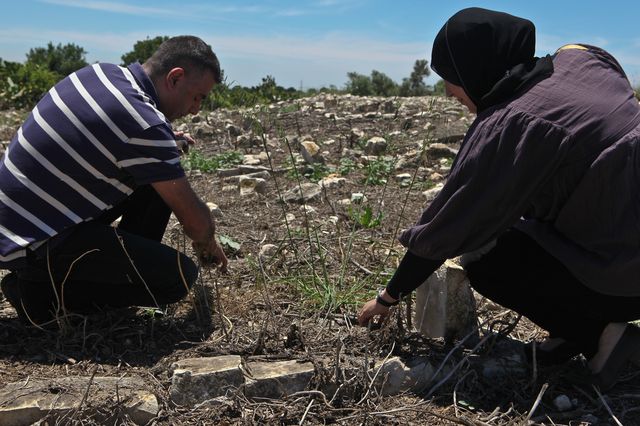
جولة الى قرية خُبّيزة / סיור לכפר חֻ'בַּיזָה
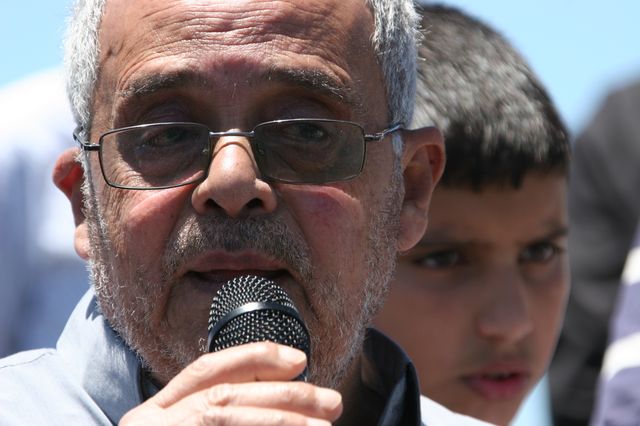
فيصل مسعود سليط / פייסל מסעוד סליט
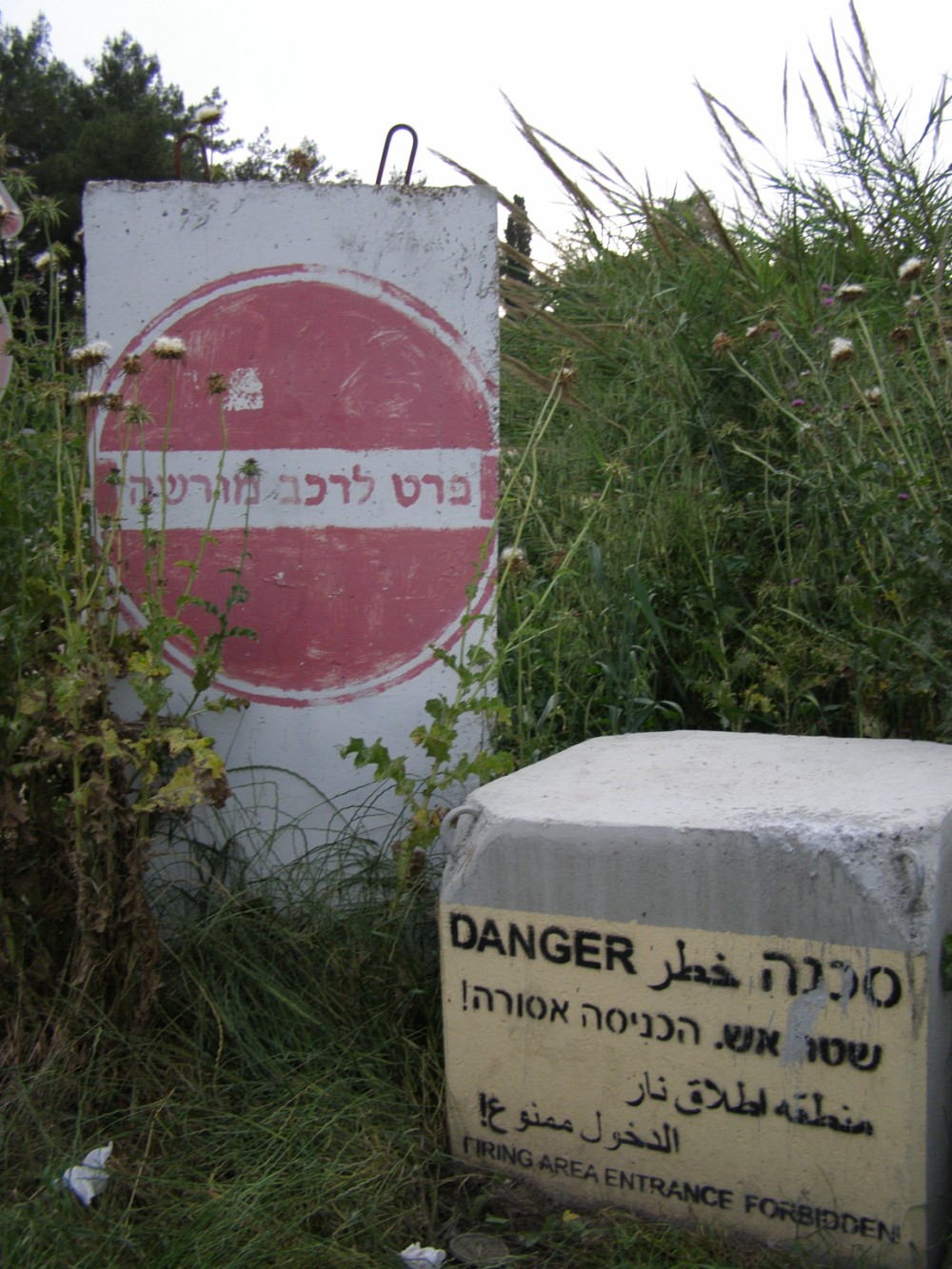
مدخل منطقة خُبّيزة / הכניסה לאזור חֻ'בַּיזָה
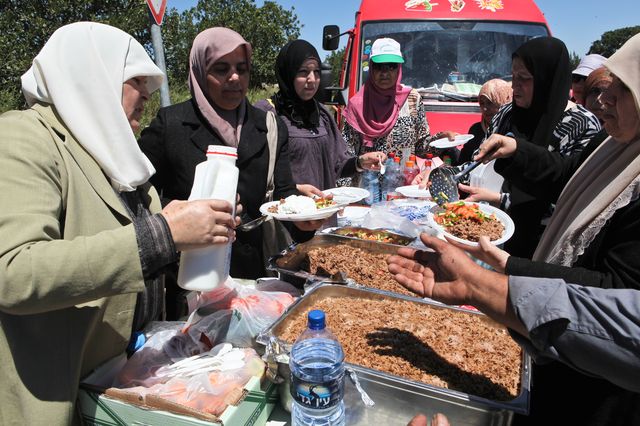
جولة الى قرية خُبّيزة / סיור לכפר חֻ'בַּיזָה
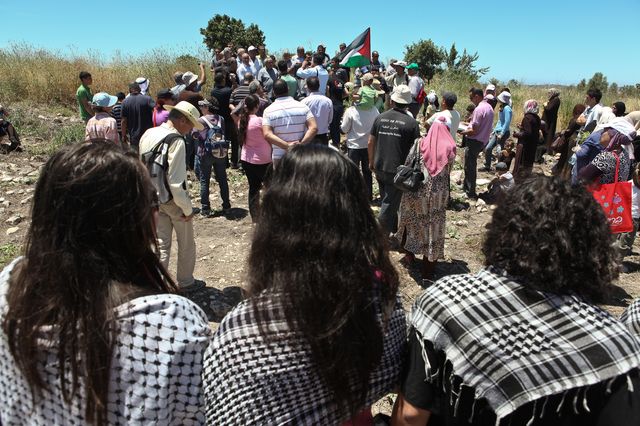
جولة الى قرية خُبّيزة / סיור לכפר חֻ'בַּיזָה
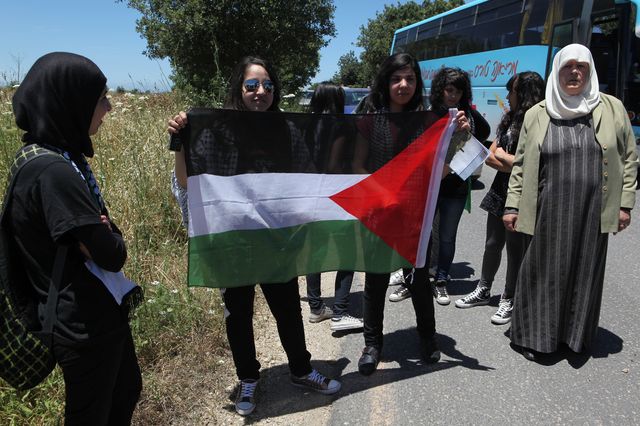
جولة الى قرية خُبّيزة / סיור לכפר חֻ'בַּיזָה
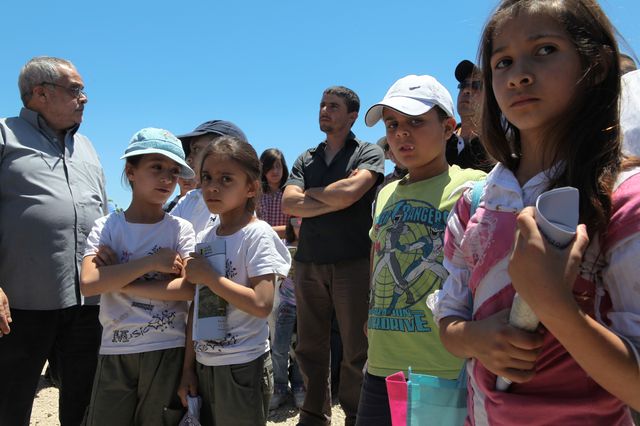
جولة الى قرية خُبّيزة / סיור לכפר חֻ'בַּיזָה
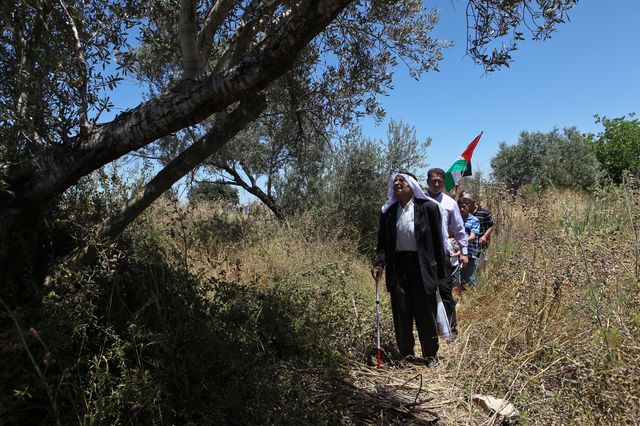
جولة الى قرية خُبّيزة / סיור לכפר חֻ'בַּיזָה
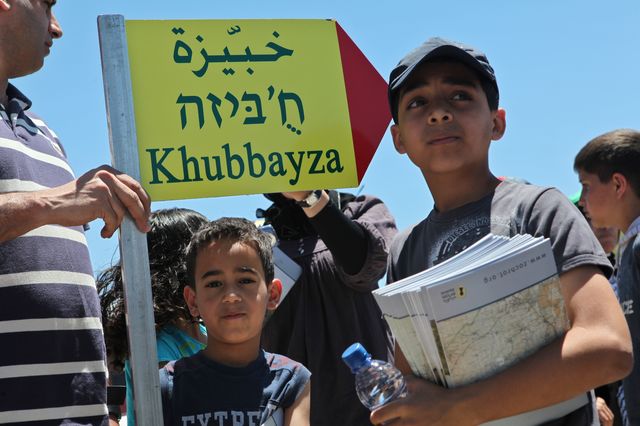
جولة الى قرية خُبّيزة / סיור לכפר חֻ'בַּיזָה

جولة الى قرية خُبّيزة / סיור לכפר חֻ'בַּיזָה
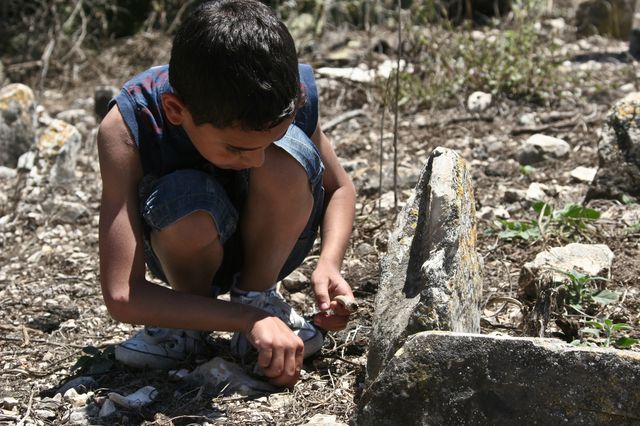
جولة الى قرية خُبّيزة / סיור לכפר חֻ'בַּיזָה
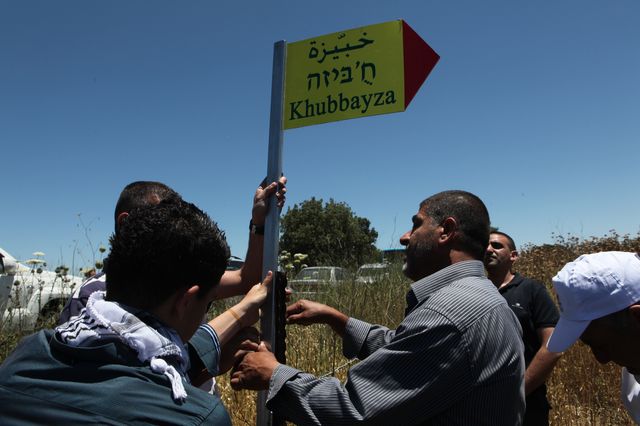
جولة الى قرية خُبّيزة / סיור לכפר חֻ'בַּיזָה
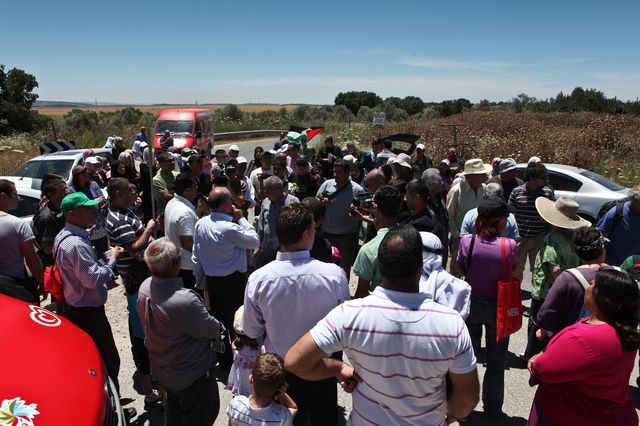
جولة الى قرية خُبّيزة / סיור לכפר חֻ'בַּיזָה
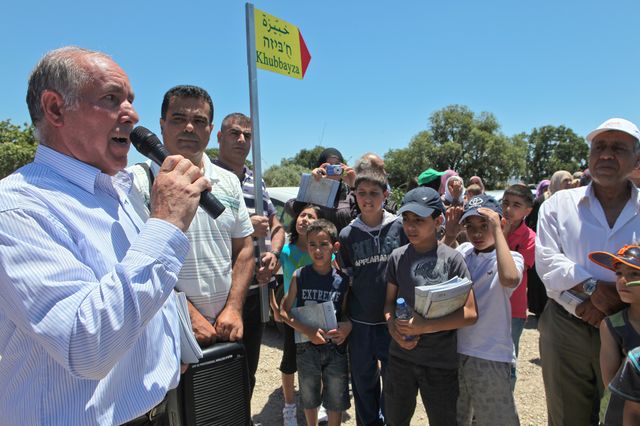
عدنان محاميد / עדנאן מחאמיד



